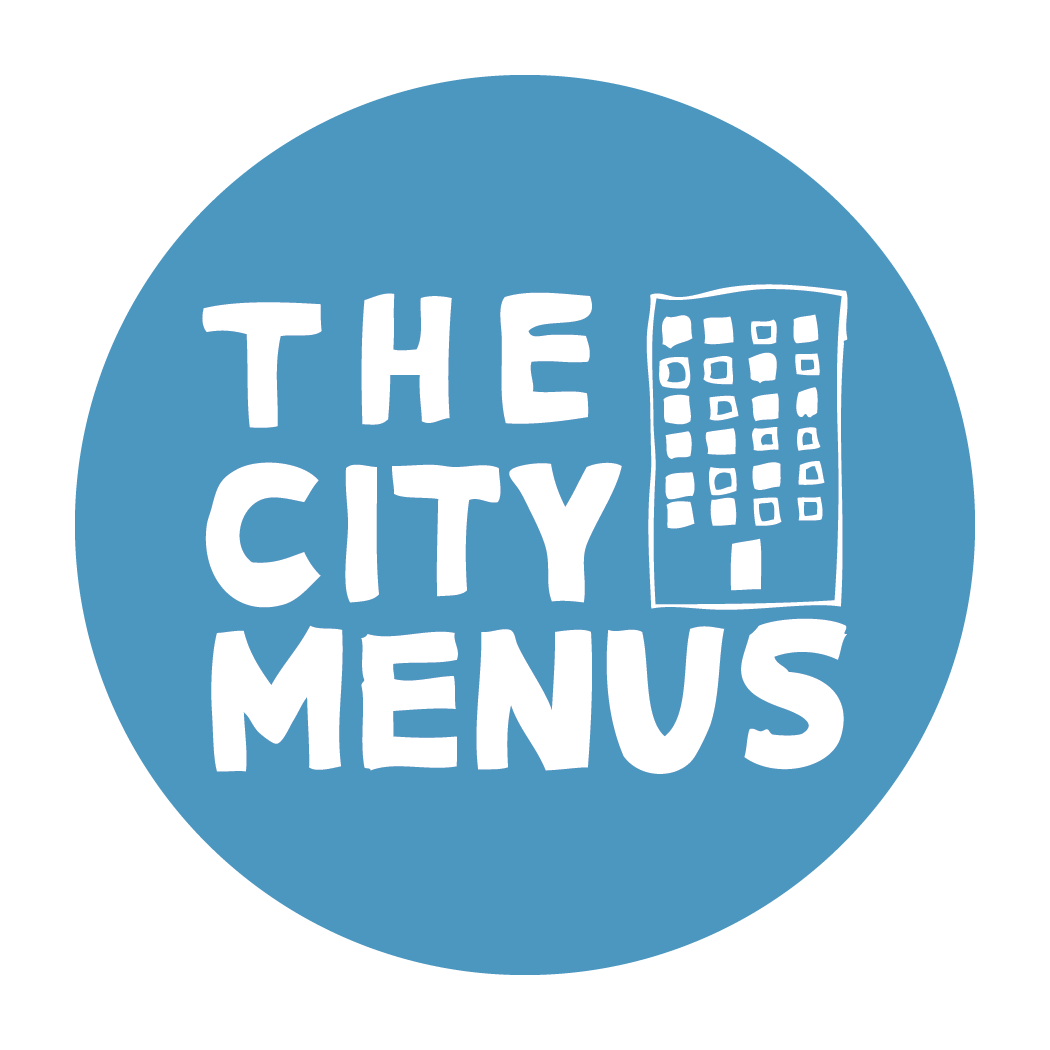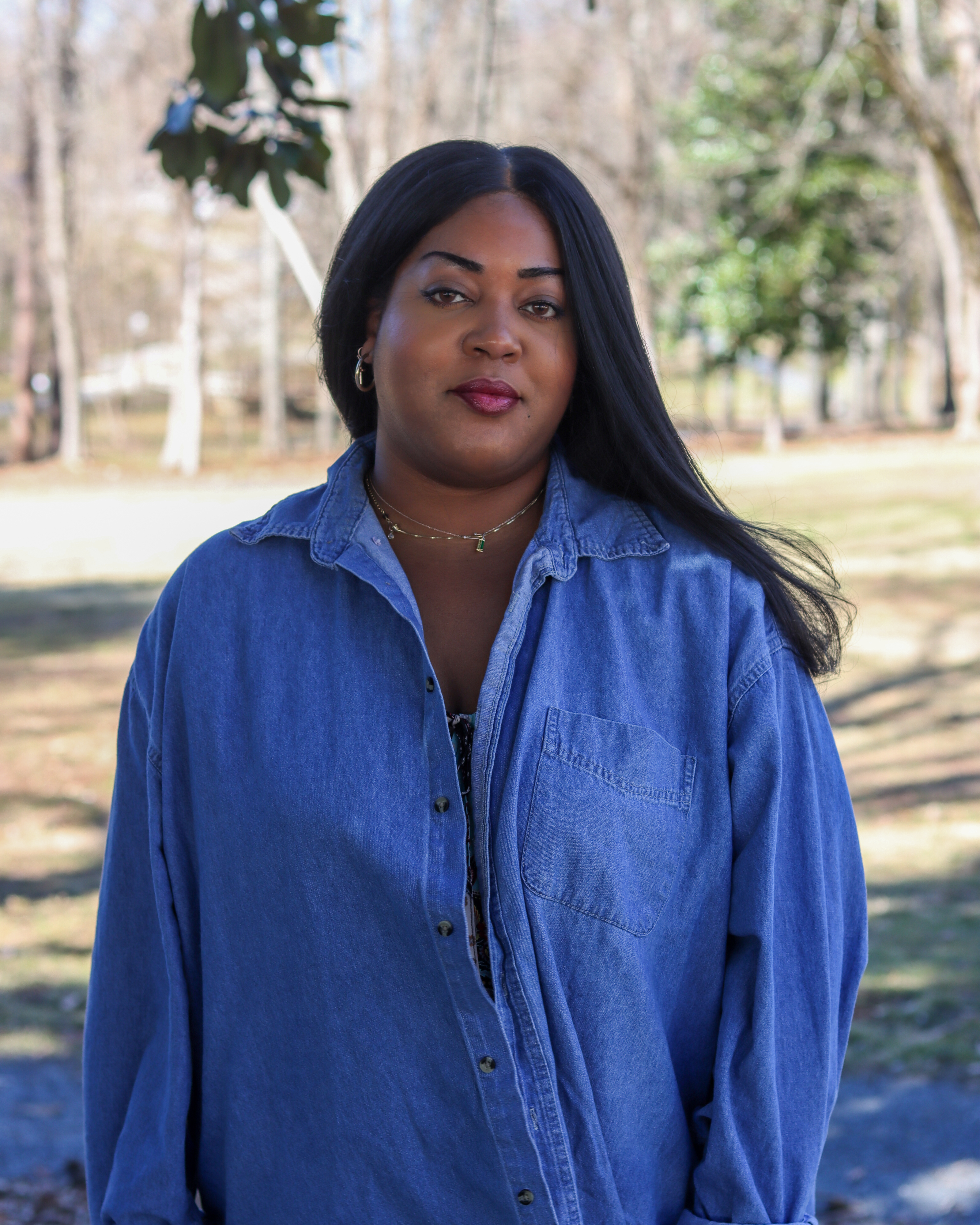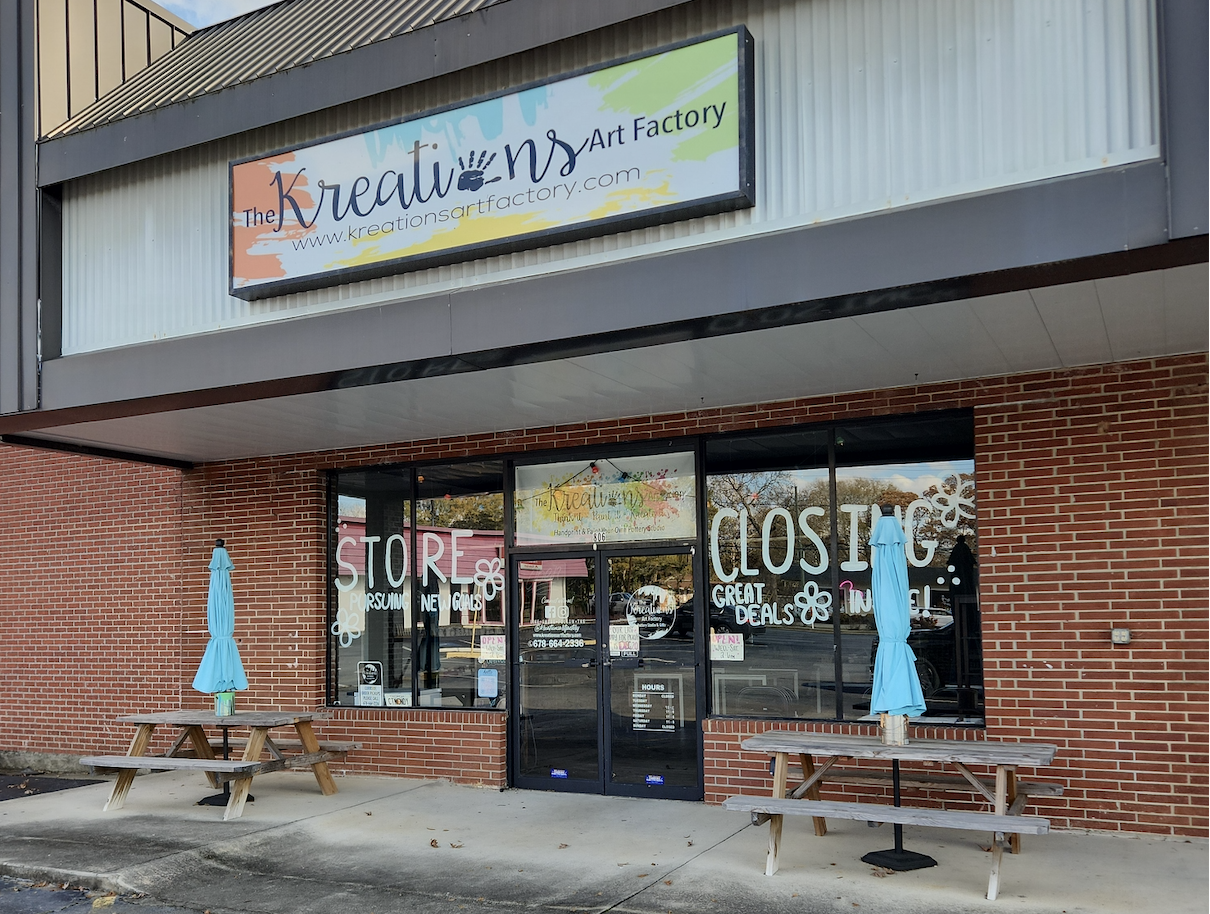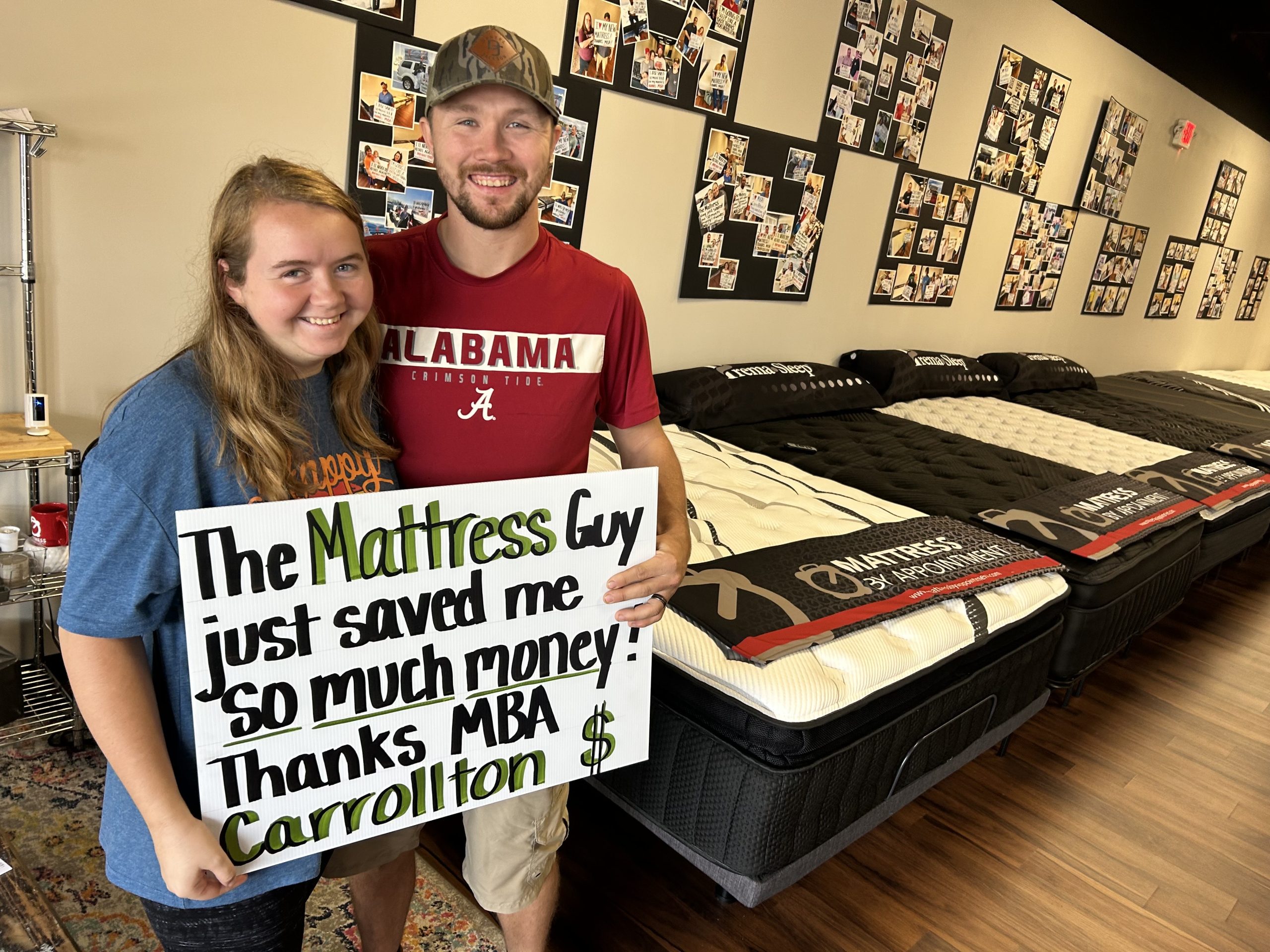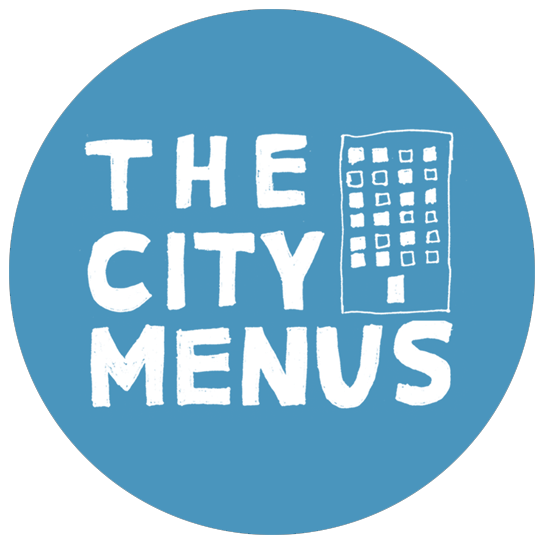Megan Helton’s strength and resilience are an inspiration as she continues her recovery from Guillain-Barré syndrome.
When Megan Helton woke up unable to feel her legs, she knew something wasn’t right.
For weeks, she had struggled with what she thought was a lingering stomach infection. But one morning, she tried to get out of bed and realized her legs were numb.
“It felt like I was walking on air, like I was floating,” said Helton, recalling the surreal sensation before losing all control of her legs.
Determined to get help, Helton used every ounce of strength to crawl to the living room. With a broom in hand, she knocked her phone off her bed and called her mother, Thea Holliday. Then, she dialed 911.
By the time paramedics arrived, so had her mother. Helton had no choice but to rely on their strength to lift her onto the stretcher.
“They asked if I could stand, but I just went straight down,” recounted Helton. “I didn’t know what was happening to me.”
At Tanner Medical Center/Villa Rica’s emergency department, an on-call neurologist and two other physicians quickly suspected Guillain-Barré syndrome (GBS) — a rare autoimmune disorder in which the body’s immune system attacks the nerves, often triggered by an earlier illness like the stomach bug Helton experienced.
“Have you ever heard of something called Guillain-Barré?” asked the on-call neurologist.
Though Shelton and Holliday had never heard of GBS, her symptoms were textbook: tingling and weakness in her legs that rapidly progressed to paralysis. By the time she arrived at the emergency room, the paralysis had crept up to just below her chest. Her blood pressure was also dangerously high, and she had an abnormal heart rhythm. An MRI also revealed nervous system damage.
Even before running tests to confirm GBS, the on-call neurologist began treatment immediately — a move Helton credits with saving her quality of life.
The neurologist told Helton and Holliday that without swift intervention, the effects of GBS could be irreversible. Shelton was immediately admitted and began a five-day intravenous immunoglobulin (IVIG) treatment to counteract the harmful antibodies attacking her nerves. Alongside this treatment, doctors closely monitored her heart rate, which spiked with minimal movement — a potentially life-threatening complication of GBS.
Leaving the hospital was just the beginning of a long and arduous recovery. While Helton’s heart rate had stabilized, she could barely stand. At just 35 years old, she faced the daunting task of learning how to walk again. Tanner referred her to Encompass Health in Newnan for intensive rehabilitation, where she worked tirelessly for two weeks to retrain her body and mind.
“The real test started there,” emphasized Helton.
After rehab, Helton continued getting stronger with home health. Within the first five months of her recovery, she progressed from wheelchair, to walker, and eventually a cane. She learned how to climb onto high surfaces like her bed using a stepstool and maneuver around her apartment to cook and care for herself. Her determination and positivity were instrumental in reclaiming her independence.
Helton was out of work for about six months recovering from GBS. Ironically, she currently serves as a 911 dispatcher for Fulton County and previously worked for Carroll County’s 911 dispatch office.
“I told the paramedics who picked me up, ‘I used to dispatch for you guys,’” said Helton. “I never thought I’d be the one calling 911.”
Helton’s GBS diagnosis was officially confirmed through nerve conduction testing and bloodwork during a follow-up with her current neurologist, Michael Wilshire, MD, of Tanner Neurology, who determined that nearly every nerve in her body had been affected.
Today, Helton’s life is steadily returning to normal. She uses a cane outside her apartment as her balance improves. Dr. Wilshire remains confident that her steadiness will continue to progress over time.
Helton now follows a specialized diet to care for her pancreas, which was affected by acute pancreatitis during her battle with GBS. She’s also found solace in connecting with others, becoming an active member of a Facebook group for fellow GBS survivors. By sharing her story and offering advice, she’s become a source of hope for those navigating similar challenges.
Helton and Holliday credit Tanner Medical Center/Villa Rica with making all the difference in her recovery. The presence of an on-call neurologist in the emergency department ensured Helton’s GBS was diagnosed and treated immediately, potentially sparing her from more severe, long-term complications.
“God directed us to the right facility at the right time with the right doctors on staff,” Holliday said.
“The fact that the doctors knew what this was so quickly — it could have been so much worse if they hadn’t started treatment right away,” added Helton. “I thank God for every doctor and nurse who worked with me. I was in good hands.”
If you or a loved one are experiencing symptoms that seem out of the ordinary, don’t wait. Tanner Health offers 24/7 emergency care in Carrollton, Villa Rica, Bremen and Wedowee. Visit tanner.org/emergency-care for more information or find urgent care services at tanner.org/urgent-care.
For more information on neurological symptoms or conditions visit TannerNeurology.org.
